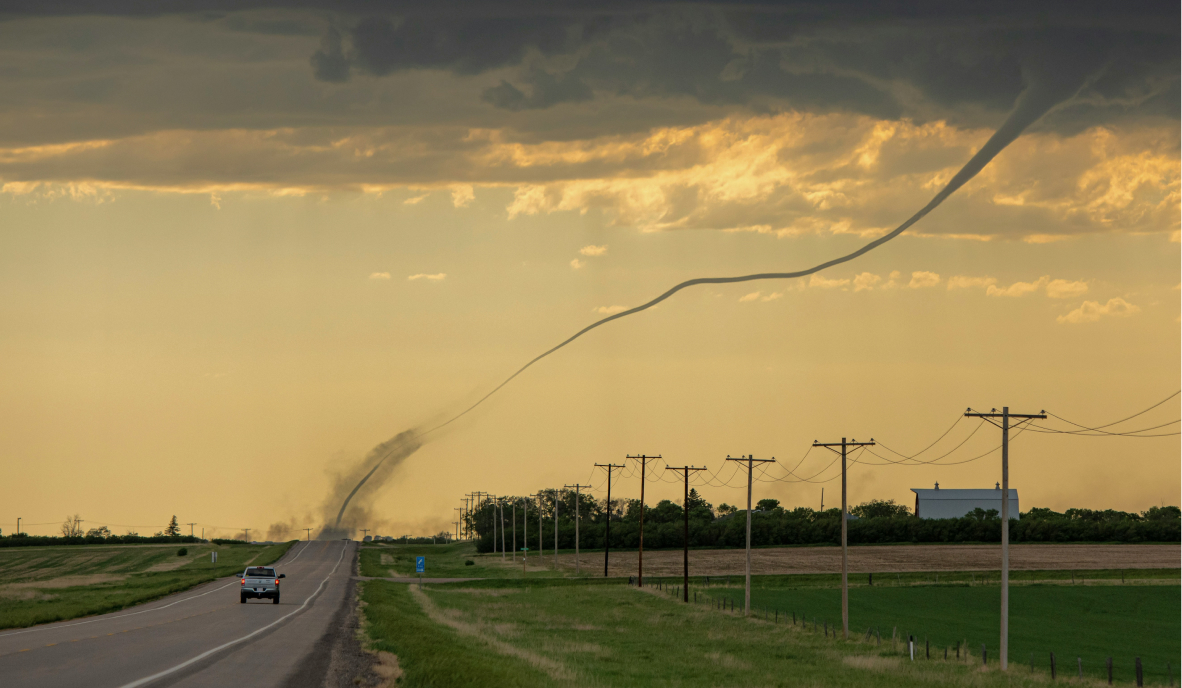Why Soil is a Vital Climate Solution

Join the community





When we think about combating climate change, we often focus on high-tech solutions like renewable energy and electric cars. While these innovations are crucial, there's a natural and often overlooked climate solution right beneath our feet: soil. Soil is a significant carbon sink, and the very ground we walk on has a pivotal role to play in mitigating the effects of climate change. Here's how soil acts as a climate solution:
Carbon Sequestration
Soil has the remarkable ability to store carbon dioxide from the atmosphere. Through a process called carbon sequestration, plants capture CO2 during photosynthesis and then transfer it to the soil as organic matter when they die and decompose. This stored carbon helps to reduce the overall concentration of greenhouse gases in the atmosphere.
Reducing Greenhouse Gas Emissions
Healthy soils can also help reduce greenhouse gas emissions. When soil is well-managed, it prevents the release of methane, a potent greenhouse gas, into the atmosphere. Proper agricultural practices, such as reduced tillage, can minimize soil disturbance and methane emissions.
Enhancing Biodiversity
Healthy soils support diverse ecosystems underground. This biodiversity of microorganisms, fungi, and insects plays a crucial role in nutrient cycling and maintaining soil health. In turn, a biodiverse soil ecosystem can make landscapes more resilient to climate change and promote plant growth.
Improved Water Management
Healthy soils have a greater capacity to retain water. This not only helps in times of drought but also reduces the risk of flooding by slowing down water runoff. Proper soil management practices can contribute to more efficient water use in agriculture and reduce the strain on freshwater resources.
Sustainable Agriculture
Sustainable agricultural practices, such as crop rotation and cover cropping, improve soil health. Healthier soils, in turn, lead to increased crop yields and reduced need for chemical fertilizers and pesticides. This not only benefits farmers but also reduces the carbon footprint of agriculture.
Restoring Degraded Land
Soil restoration projects can revitalize degraded land and convert it into a carbon sink. Reforestation and afforestation efforts involve planting trees and other vegetation, which can lead to the creation of new, carbon-rich soils in previously barren areas.
Educational Opportunities
Promoting soil health also provides educational opportunities. Teaching people about the importance of soil and sustainable land management practices empowers them to make environmentally conscious choices.
Global Initiatives
International initiatives like the "4 per 1000" Initiative aim to increase global soil organic carbon stocks by 0.4% per year. If widely adopted, this initiative could make a substantial impact on mitigating climate change.
Soil is not just a passive component of the Earth's surface but an active climate solution. By recognizing its role in carbon sequestration, emissions reduction, and overall ecosystem health, we can work towards a more sustainable and resilient future. Implementing responsible land management practices and supporting soil conservation efforts are crucial steps in our fight against climate change.








.jpg)




